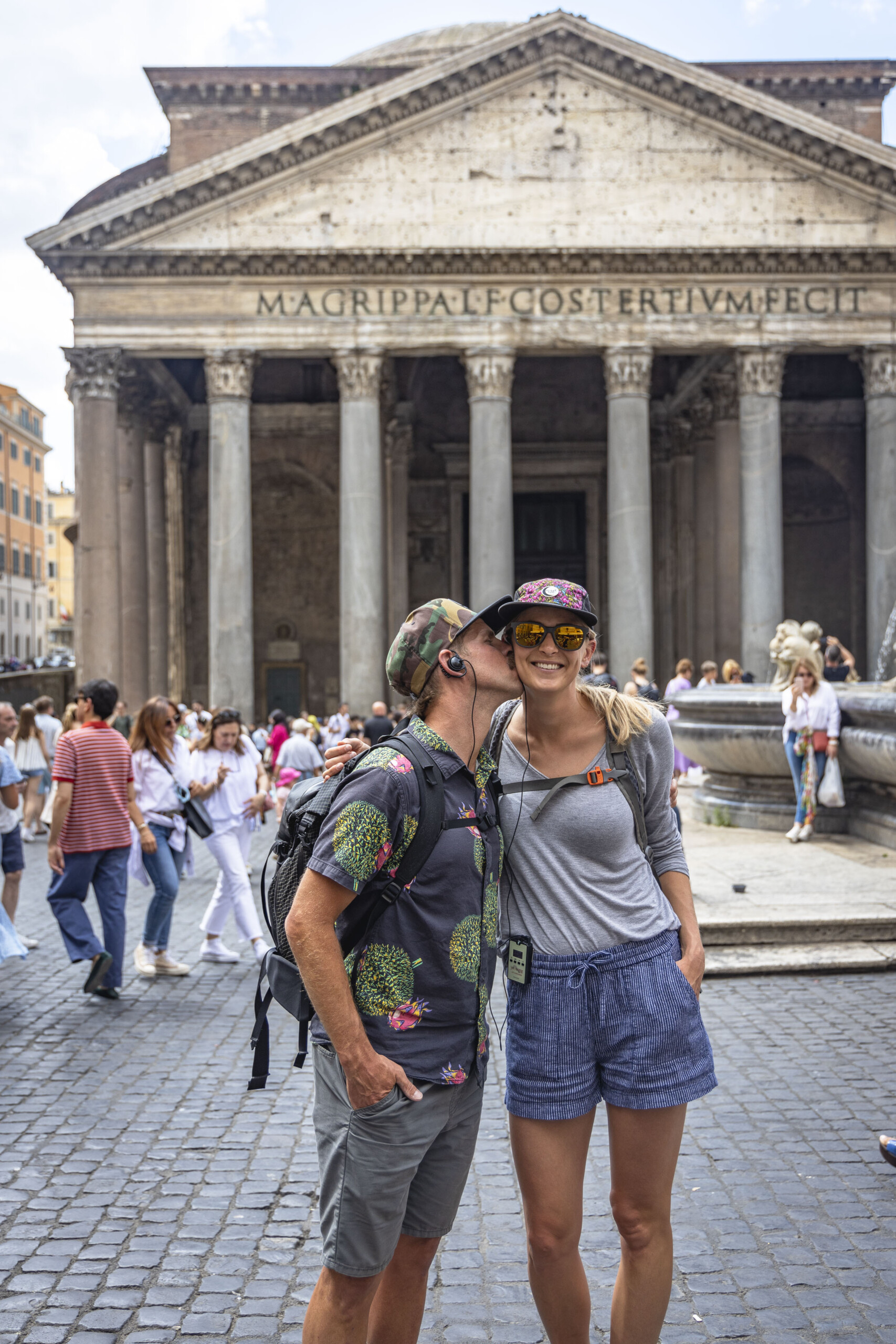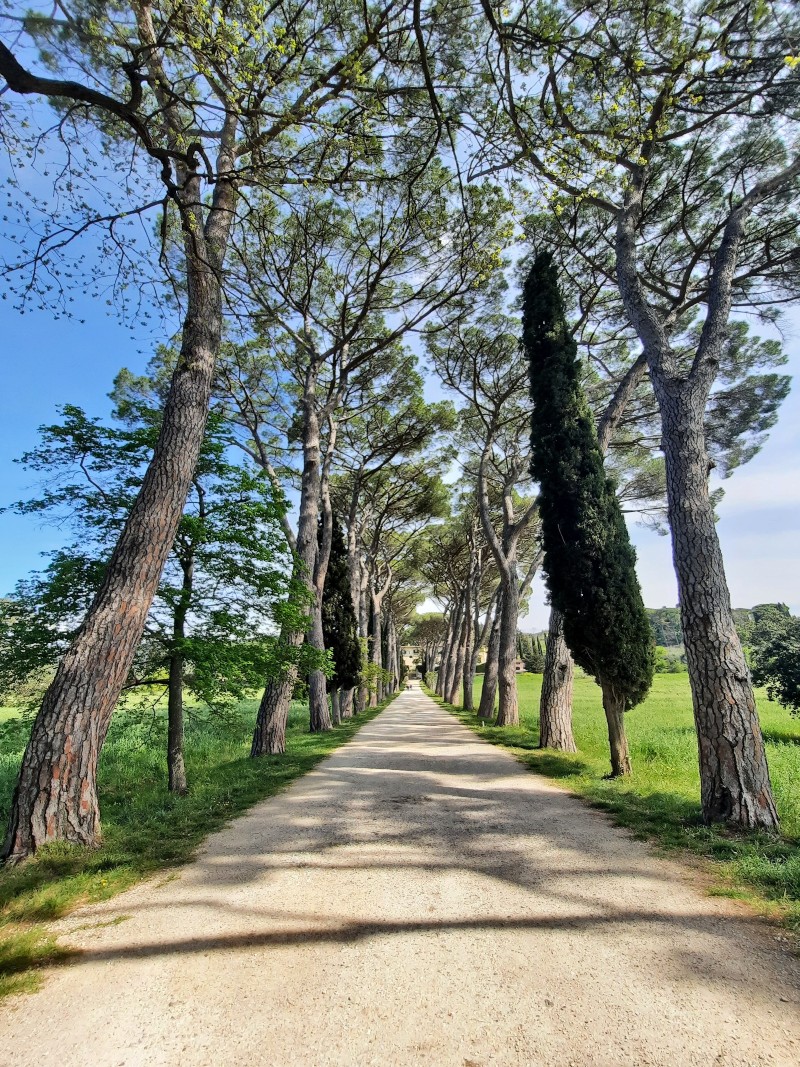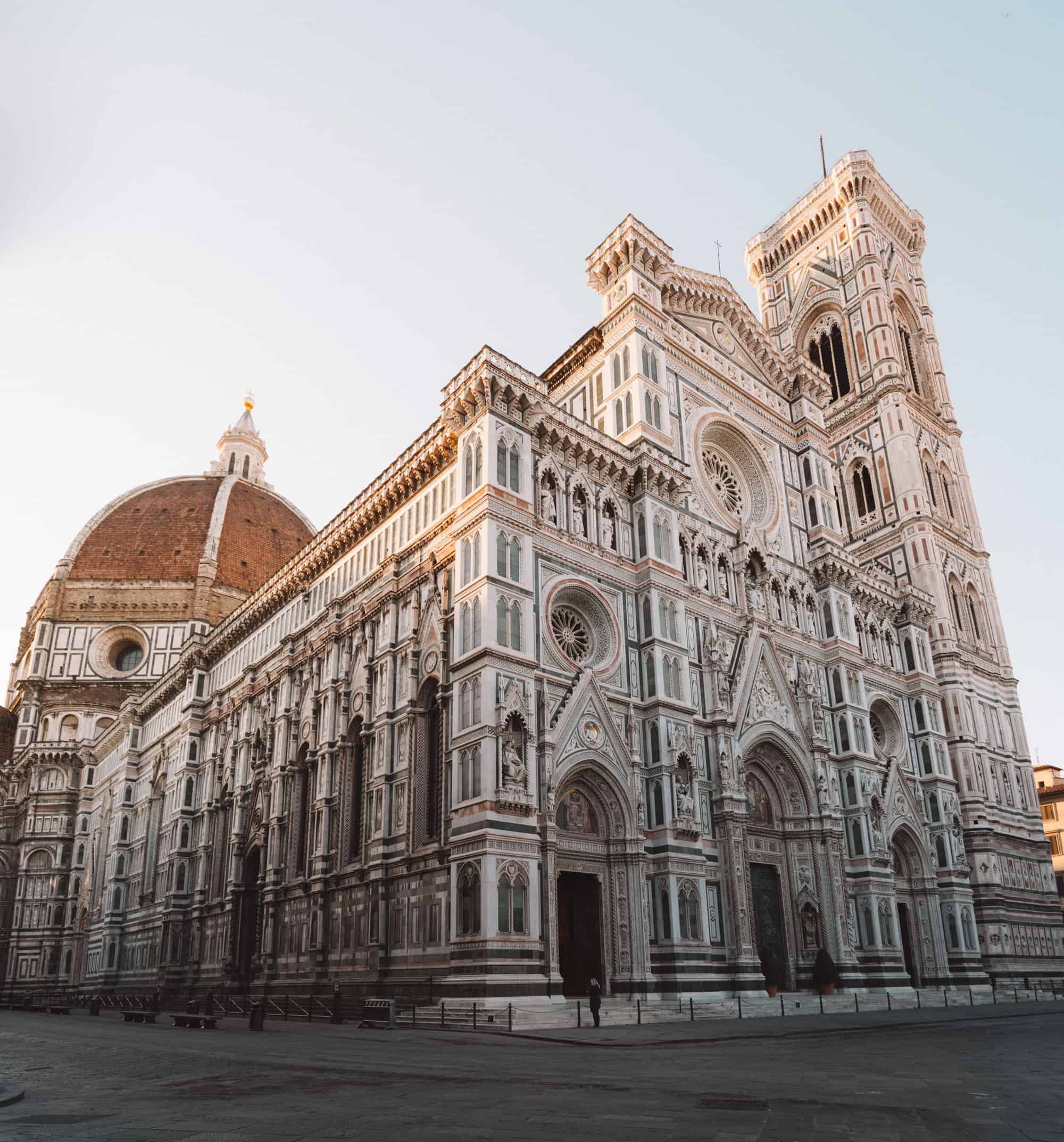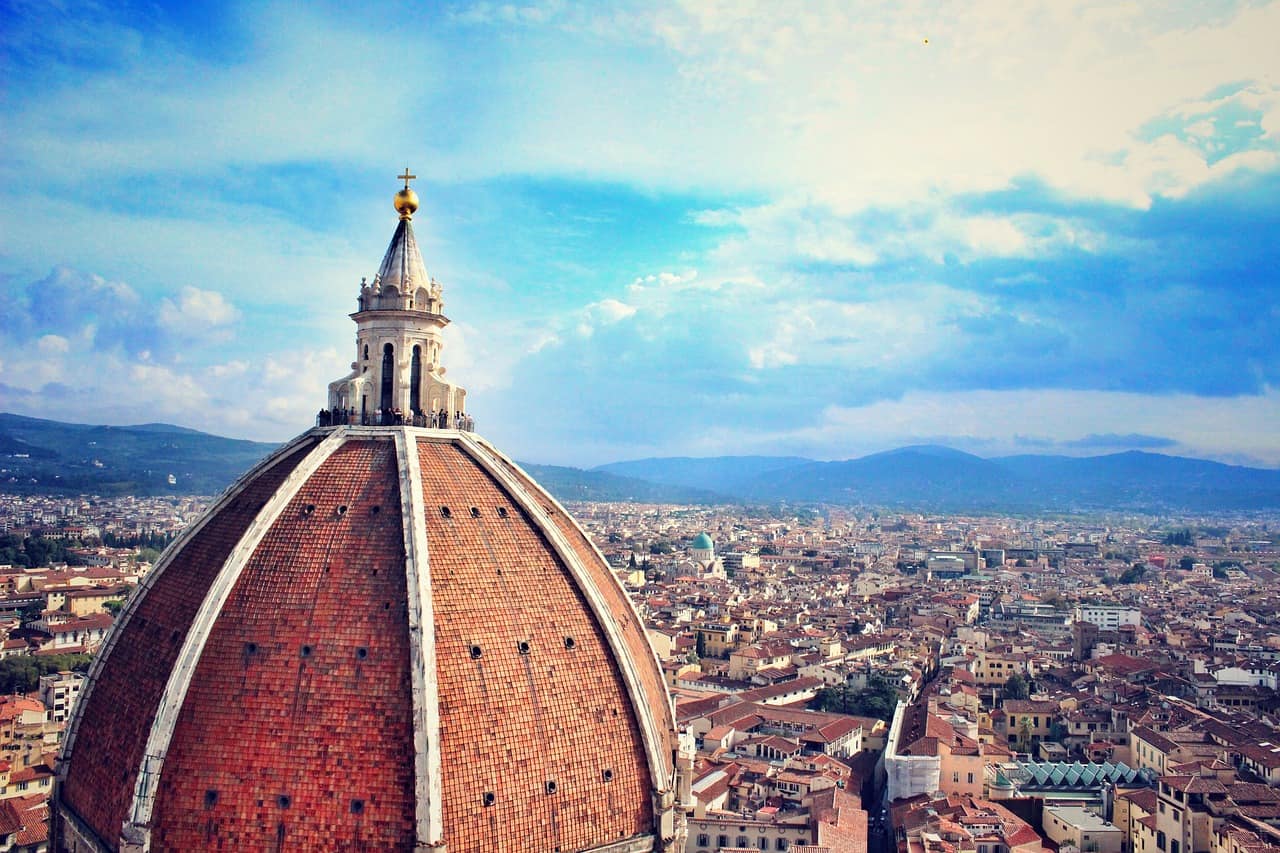
By Anne McCarthy
In Florence – or “Firenze” in Italian – there’s no monument quite as iconic and recognizable as Florence’s Duomo. “Il Duomo,” as it’s officially called, is the Florence Cathedral. It’s also called the Santa Maria del Fiore Cathedral – a cathedral this great must have many names!
The entrance to the Duomo is free to enter, and it’s open Monday through Friday from 10am to 4:30pm. It’s also open on Saturdays and Sundays but is closed on New Year’s Day and Christmas Day.
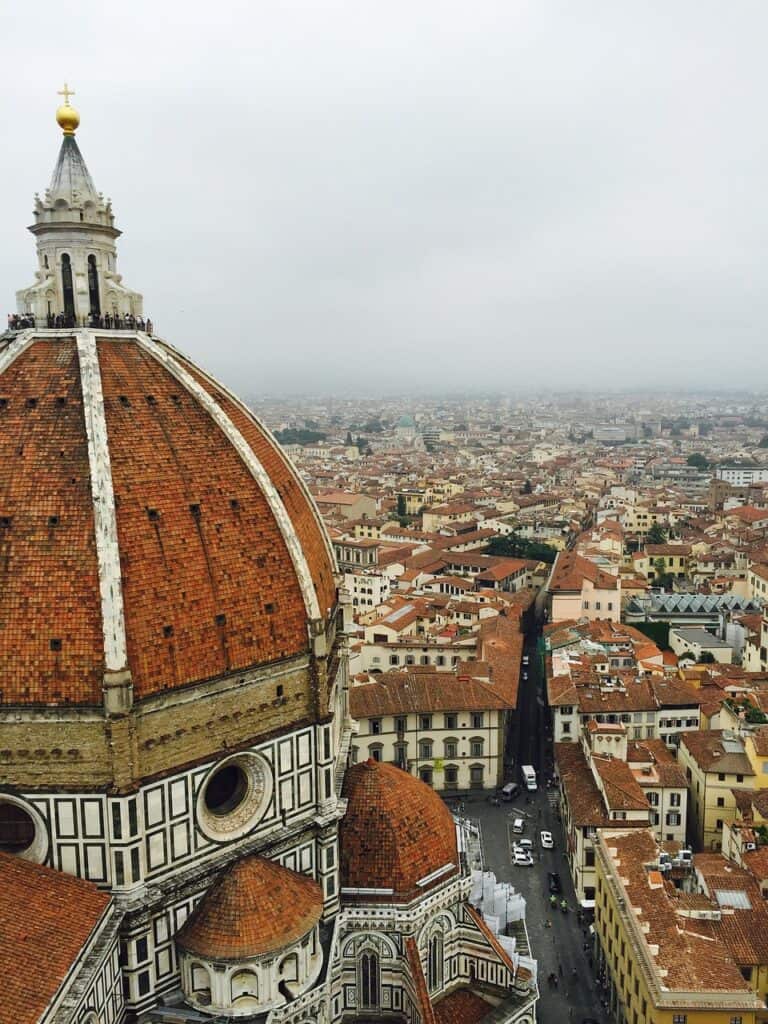
This looming and impressive structure towers high above the medieval city of Florence. Its domed shape and incredible structure are the kind of sights that make even those of us who don’t have much interest in architecture and design stop and say, “Hey, wait a minute – let me take a picture of that beauty!”
If you’re coming to Florence soon, be sure to book a tour with Fat Tire Tours Florence, and we’ll lead you around town to the Duomo and many more of Florence’s other most iconic beauties. On our bestselling Florence Day Bike Tour, an expert guide will lead you around the historic center of the “Renaissance Pearl” that is Florence.
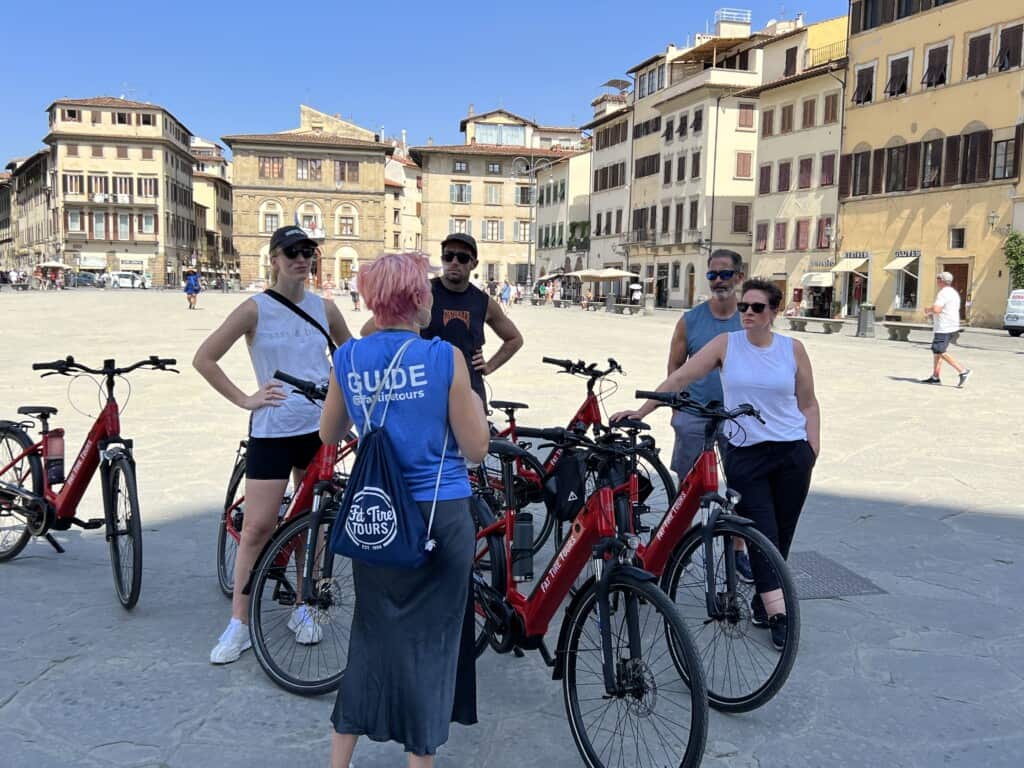
Within the span of several hours, you’ll see incredible highlights like Piazza della Repubblica, Santa Croce, Palazzo Strozzi, and much more.
For a truly unforgettable, once-in-a-lifetime experience, book our Florence VIP Cathedral, Museum and Rooftop Dome Tour with Private Terrace. This 2.5-hour tour will get you up close and personal with Il Duomo. You’ll climb up to the incredible dome of the cathedral and avoid all the lines, too! Your licensed tour guide will also give you a guided tour of the cathedral museum. Don’t miss out on this incredible experience, with priority access to the iconic dome and the stunning views that await you.
Now, let’s learn a bit about the history of the gorgeous Duomo.
Where It Was Built & How Long Did it Take?
The complex of the Cathedral of Florence was built in Duomo Square, and the construction of Florence’s cathedral started all the way back in 1296. This was over two centuries after the cathedrals in the Italian cities of Pisa and Lucca.
Incredibly, the construction of the cathedral took over 140 years to complete. The construction was overseen by architect Arnolfo di Cambi, who, sadly, did not get to see the completion of the majestic structure. The Duomo itself, Santa Maria del Fiore Cathedral, is found within the Duomo Square. Its construction started at the end of the 13th century, under the watchful eye of the aforementioned Cambi. Cambi was a famous sculptor and architect of the time, and he loved the Gothic architectural style.
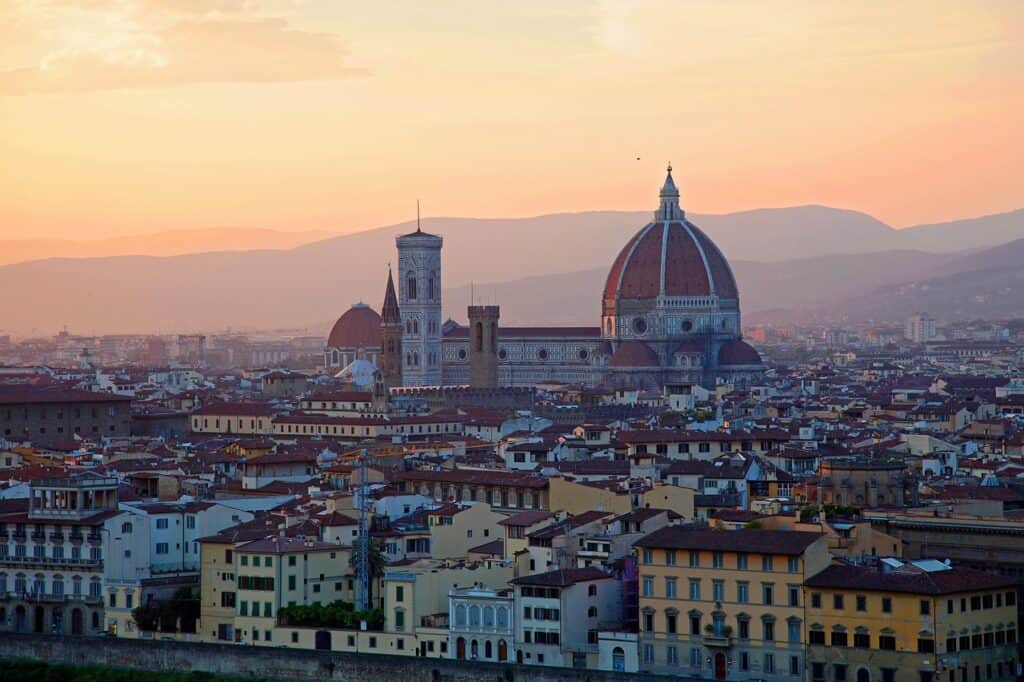
Artistic Style & Gothic Influence
In the mid-14th century, local artists in Florence moved away from the Gothic style, which had been the trend of the day, in favor of a Roman style for the Duomo. This meant that the Gothic influence of the cathedral was actually hidden away under red and green marble.
A metalworker named Lorenzo Ghiberti, along with sculptor Filippo Brunelleschi, worked together to finish the Cathedral of Florence. Rumor has it that the sculptor Brunelleschi won the competition to design the cathedral with an egg trick; he told the cathedral commission he would share his design plans if any person among the commission could make an egg stand on a table. No one could, and Brunelleschi smashed the egg in half, and used half of the shell to make it stand up.
Brunelleschi was responsible for crafting incredible sculptures for the cathedral’s dome. He was also inspired to make the Cathedral of Florence the largest cathedral of its time. Brunelleschi’s work on the architectural feat began in 1421 after the base of the Duomo had already been completed. Fifteen years later, the dome would be finished.
The Duomo’s iconic red dome was, at the time of its completion, the largest in the world, measuring 45 meters in diameter and 100 meters high. It quickly became a symbol of Florence and remains so to this day. It’s also considered one of the finest masterpieces of Gothic art in the world, as well as one of the first major products of the Italian Renaissance.
Threats to the Duomo: Destruction & World War II Bombs
At the end of the 16th century, the façade of the cathedral was destroyed. Emilio de Fabris redesigned the façade, made needed modifications, and added marble in different colors.
During World War II (1939-1945), much of Western Europe was under siege. The liberation of Florence occurred on August 11, 1944, and the beautiful Renaissance city sustained some damage due to the war. Tragically, due to Allied bombers targeting Florence, some buildings were destroyed, and far more tragically, 215 Florentine civilians were killed.
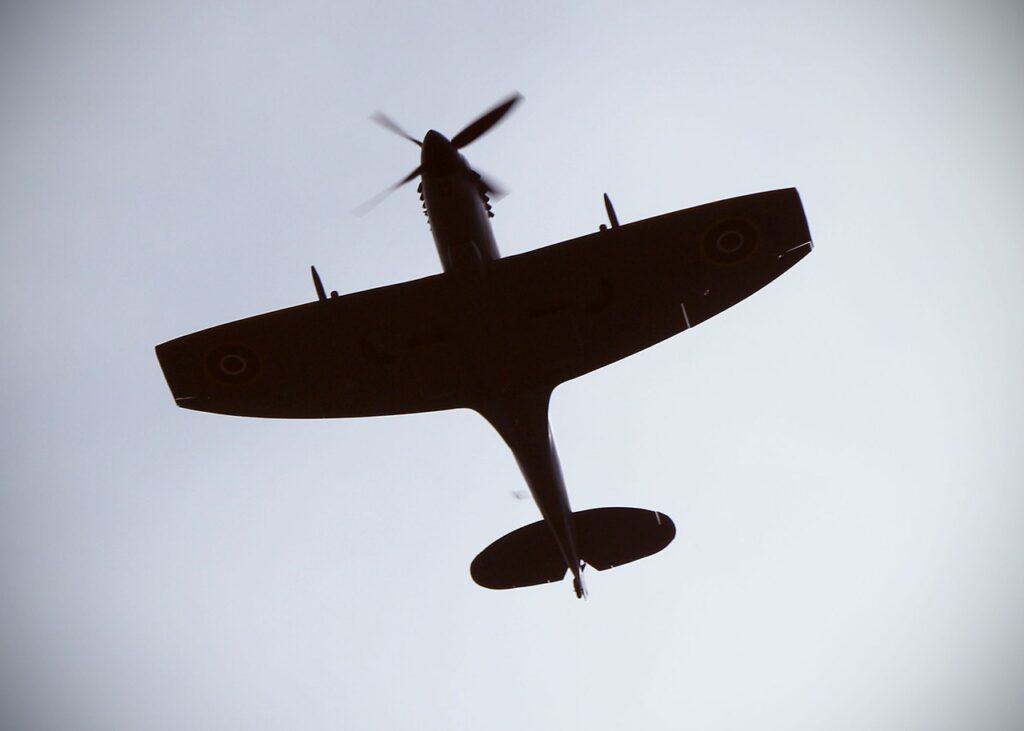
Targets were hit around Firenze, but the heart of the city itself largely remained intact. Some say it was because of the concentration of the world’s artistic treasures – like the Duomo, the David statue by Michelangelo, and more – found in Florence, that Florence was spared any major wartime damage.
One of the Largest Churches in Christianity
The Cathedral of Florence, a Catholic church, is one of the largest churches in the world in the Christian religion. It measures 160 meters in length, 43 meters wide, and 90 meters in the transverse nave. The Duomo symbolizes wealth, power, and gravitas – all qualities frequently connected with the Roman Catholic Church. The Duomo also symbolizes wealth and prosperity in the Tuscan region.
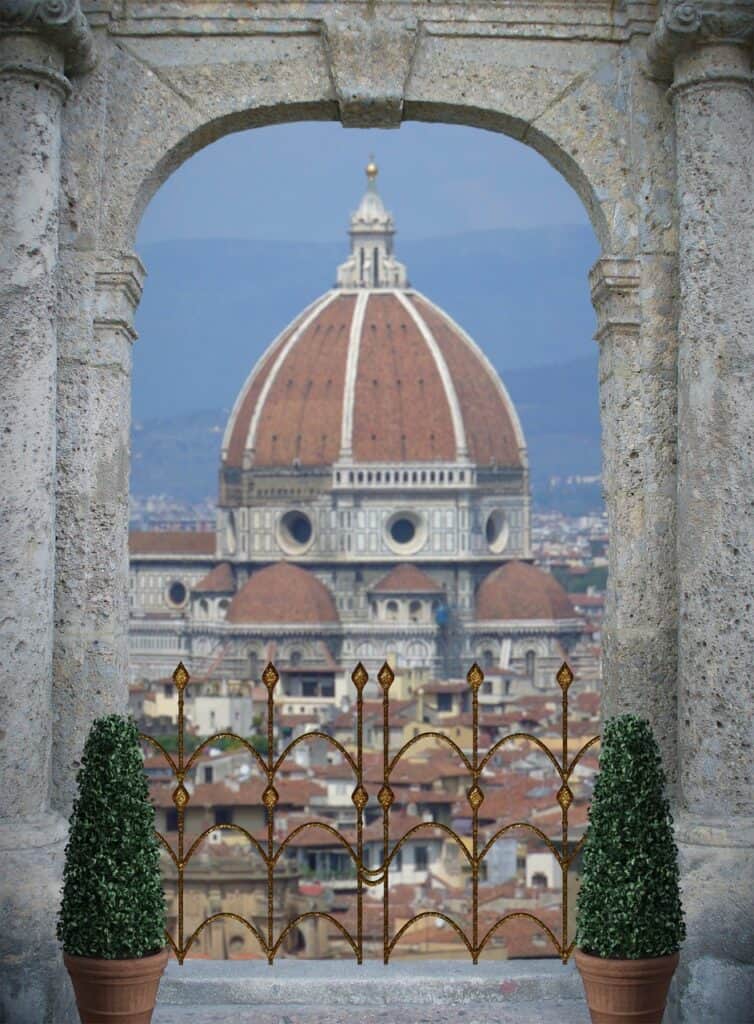
Today, the cathedral is surpassed in size by only a handful of churches: the Basilica of St. Peter in Vatican City, the Cathedral of Seville, the Cathedral of Mila, and St. Paul’s Cathedral in London.
Anne McCarthy is the Editor in Chief of the Fat Tire Tours Blog. She is a contributing writer to the BBC, The Washington Post, The Guardian, Wired, and many more. She splits her time between the U.S. and Europe.
